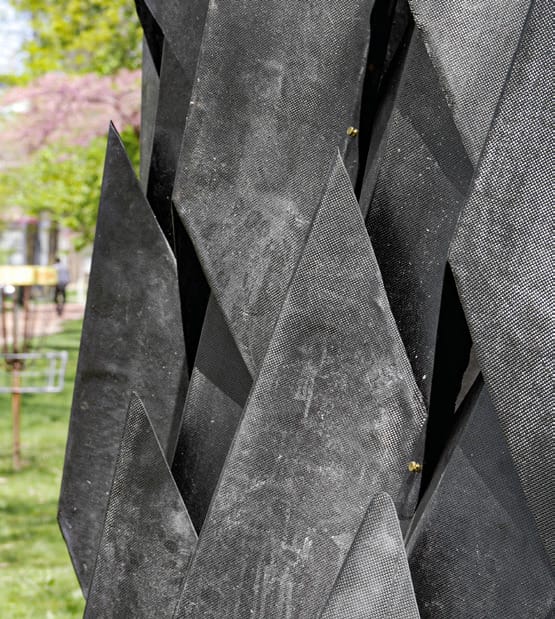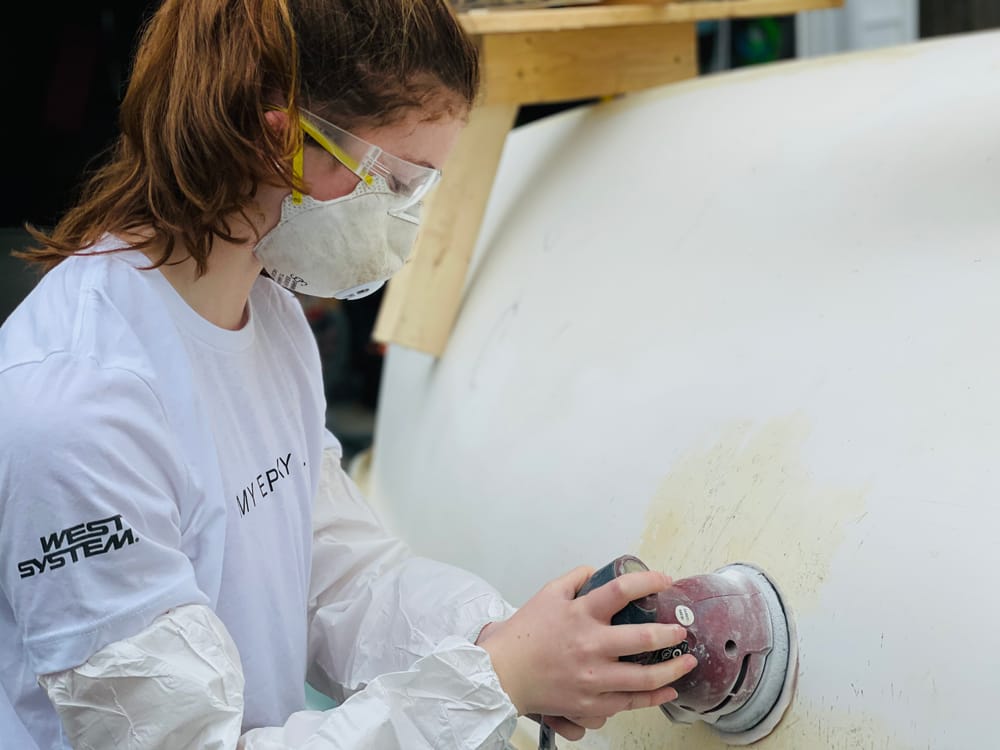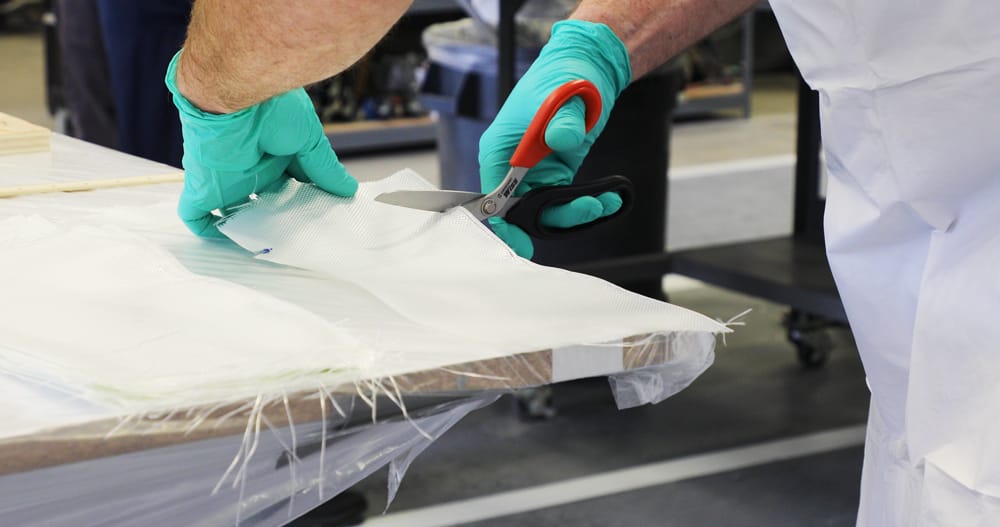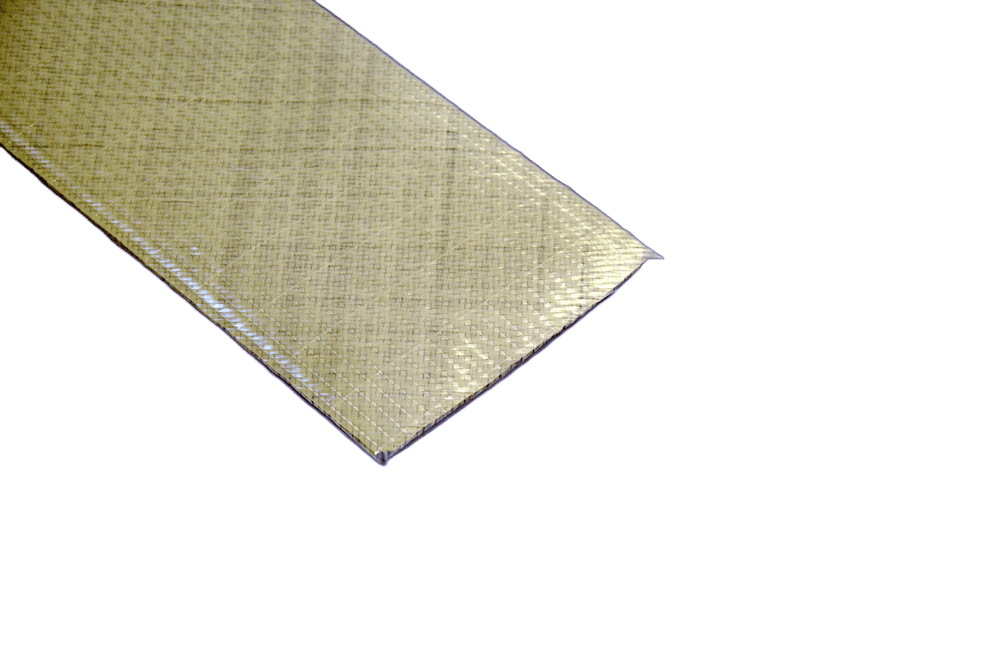-
Description -
Quick Links -
Resources -
Relevant Videos -
Faq -
Related Products -
Where To Buy
PROJECT USES:
Create an abrasion and moisture-resistant surface in:
- Fibreglass Repairs
- Architectural Repair/Construction
- Marine
- Structural Applications
PRODUCT SPECIFICATIONS:
- Woven E-Glass Fabric
- Colour | White
PRODUCT SIZES:
- Biaxial Tape
- 727A 5m 450g/m² ±45° Biaxial 125mm wide (Approx 13oz)
- 727B 50m 450g/m² ±45° Biaxial 125mm wide
- Biaxial Fabric
- 736-5 5m 332 g/m2±45° Width 1270mm
- 736-10 10m
- 736-25 25m
- 736-50 50m
- 736-45kg 45kg Roll Approx 135.8m2 roll
- 738-5 5m 610g/m²±45° 1270mm wide
- 738-10 10m
- 738-25 25m
- 738-50 50m Approx 63.5m²
- 739-5 5m 450g/m²±45° 1270mm wide
- 739-10 10m(441g/m²)
- 739-25 25m 31.75m²
- 739-50kg 50kg Roll Approx 87.5m Roll (111.1m²)

Fibreglass Facts
QUICK LINKS Helpful Tips, Safety Guidelines, Manuals, and More:

Laminating
The term “laminating” refers to the process of bonding numbers of relatively thin layers, like plywood, veneers, fabrics, or core material to create a composite. A composite may be any number of layers of the same material or combinations of different materials. Methods of epoxy application and clamping will differ depending on what you are laminating.

